What Is Shingles, and Why Does It Hurt So Much?
Shingles isn’t just a rash. It’s a viral flare-up that attacks your nerves, leaving behind burning, stabbing, or throbbing pain that can last for weeks-or even months. It’s caused by the same virus that gives you chickenpox as a kid: varicella-zoster. After chickenpox clears, the virus hides in your nerve tissue. Decades later, for reasons doctors still don’t fully understand, it wakes up. That’s when shingles strikes.
It usually starts with tingling, itching, or sharp pain on one side of your body or face. A few days later, a red, blistering rash shows up, often in a band-like pattern. The blisters scab over in about a week, but the pain? That’s what sticks around. About 1 in 3 people will get shingles in their lifetime. And if you’re over 60, your risk jumps. The older you are, the worse the pain tends to be-and the more likely you are to develop post-herpetic neuralgia (PHN), a long-term nerve pain that can linger for months or years.
Why Timing Matters More Than Anything Else
If you think you’re getting shingles, don’t wait. Don’t check online forums. Don’t try home remedies first. Go to your doctor within 72 hours of the first sign of rash. That’s the golden window. After that, the virus has already done most of its damage to your nerves.
Antiviral drugs don’t cure shingles. But they do slow the virus down. And when they’re started early, they cut the duration of the rash by two to three days. They reduce the intensity of pain by about 30%. Most importantly, they lower your chances of ending up with PHN. Studies show people who start antivirals within 48 hours report feeling better 40-50% faster than those who wait.
Three antivirals are commonly used: acyclovir, famciclovir, and valacyclovir. Valacyclovir is often preferred because you take it fewer times a day-just three times instead of five like acyclovir. That makes it easier to stick with. The standard dose is 1,000 mg three times a day for seven days. Even though all three work similarly, some research suggests valacyclovir may offer slightly better pain control.
How Antivirals Actually Work (And When They Don’t)
Antivirals don’t kill the virus. They stop it from multiplying. The sooner they’re in your system, the less damage the virus can do. Once the rash is fully formed and blistered, the virus has already spread through your nerve pathways. That’s why starting treatment after 72 hours doesn’t help much. The window closes.
There’s some debate about whether antivirals prevent PHN. One major review found acyclovir doesn’t reduce long-term nerve pain at six months. But other studies, including one published in 2011, show early treatment lowers PHN risk by about 20-30%. The truth? It’s not perfect. But it’s your best shot. For people with weakened immune systems-those on chemotherapy, steroids, or living with HIV-antivirals are non-negotiable. Their outbreaks are more severe, more likely to spread, and more dangerous.
And here’s something new: long-term, low-dose valacyclovir (500 mg daily) is now being used for people with shingles that affects the eye. A major eight-year study called ZEDS found this approach cut new or worsening eye damage by 26% and reduced flare-ups by 30%. It also meant patients needed less pain medication like gabapentin-something huge for older adults who get dizzy from those drugs.
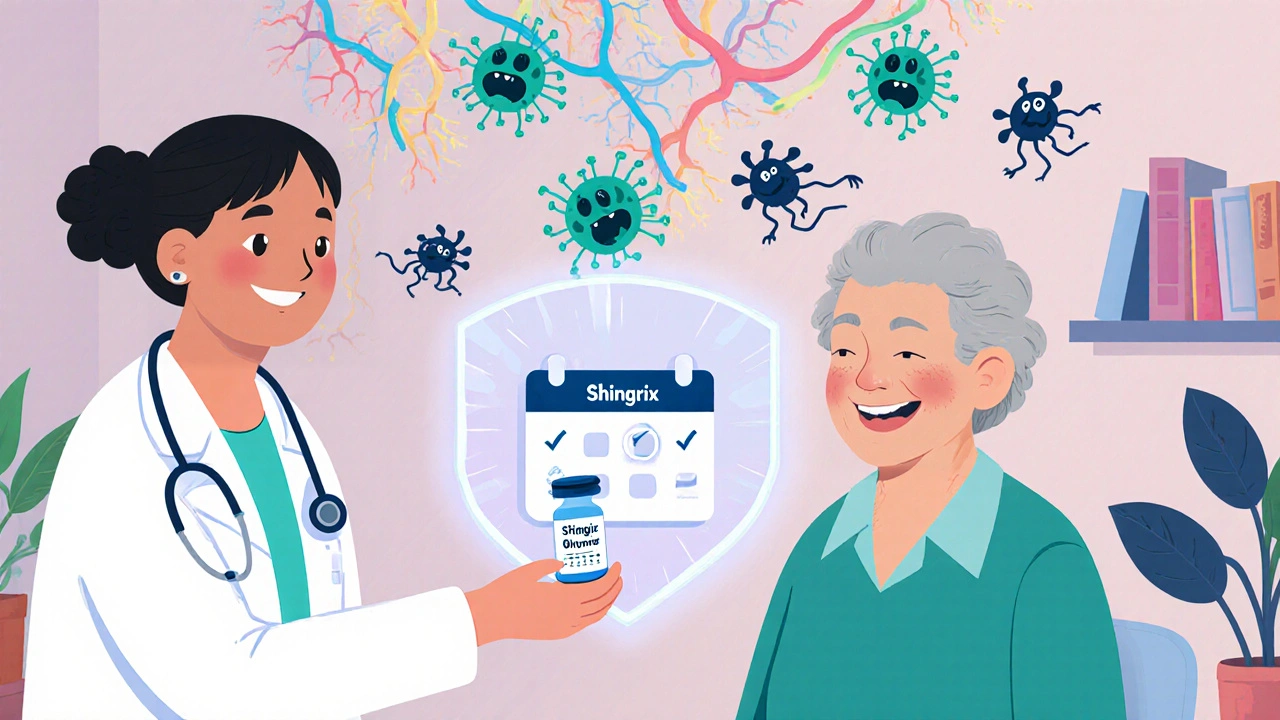
Managing the Pain: Beyond the Antivirals
Antivirals help, but they don’t take away the pain. That’s where pain management comes in. And it’s not one-size-fits-all.
For nerve pain, doctors often turn to anticonvulsants like gabapentin or pregabalin. These calm overactive nerves. You start low-maybe 300 mg a day-and slowly increase until the pain eases. Side effects? Drowsiness, dizziness, swelling. But for many, it’s worth it.
Tricyclic antidepressants like amitriptyline (25-75 mg at night) are another option. Yes, they’re antidepressants, but they’re also powerful nerve pain relievers. They help with sleep too, which is often wrecked by shingles pain.
Topical treatments are gentle and effective for localized pain. Lidocaine patches (5%) go on for 12 hours, then off for 12. They numb the skin without affecting the whole body. Capsaicin cream (0.075%) works differently-it depletes the pain-signaling chemical in nerves. It burns at first, but after a few days, the pain fades. Use it three to four times a day.
For severe pain in the first week, short-term opioids might be prescribed. But they’re risky. They don’t work well for nerve pain, and they can lead to dependence. Most doctors avoid them unless absolutely necessary.
The Vaccine That Changes Everything
The best way to avoid shingles? Don’t get it. The Shingrix vaccine is over 90% effective at preventing shingles. It’s two shots, given two to six months apart. Even if you’ve had shingles before, you should still get it. And even if you’re over 70, it still works.
And here’s the kicker: if you do get shingles after being vaccinated, it’s usually milder. Less pain. Fewer blisters. Lower chance of PHN. The CDC recommends Shingrix for everyone 50 and older, even if you had the old vaccine (Zostavax) or had shingles as a kid. It’s not just prevention-it’s protection against the worst outcomes.
What Happens If You Ignore It?
Waiting too long to treat shingles doesn’t just mean more pain. It can lead to complications.
Eye involvement? That’s serious. Shingles on your face can spread to your cornea, causing scarring, vision loss, or even blindness. That’s why the ZEDS study focused so hard on long-term antivirals for eye shingles.
PHN is the biggest worry. About 10-18% of shingles patients get it. For those over 60, that number jumps to 30%. That’s chronic pain. Not a sore back. Not a headache. A burning, electric, stabbing pain that doesn’t go away. Some people describe it as feeling like their skin is on fire. It can ruin sleep, work, relationships.
And it’s expensive. Early antiviral treatment saves $487 per person by preventing hospital visits, specialist referrals, and long-term pain meds. That’s real money.
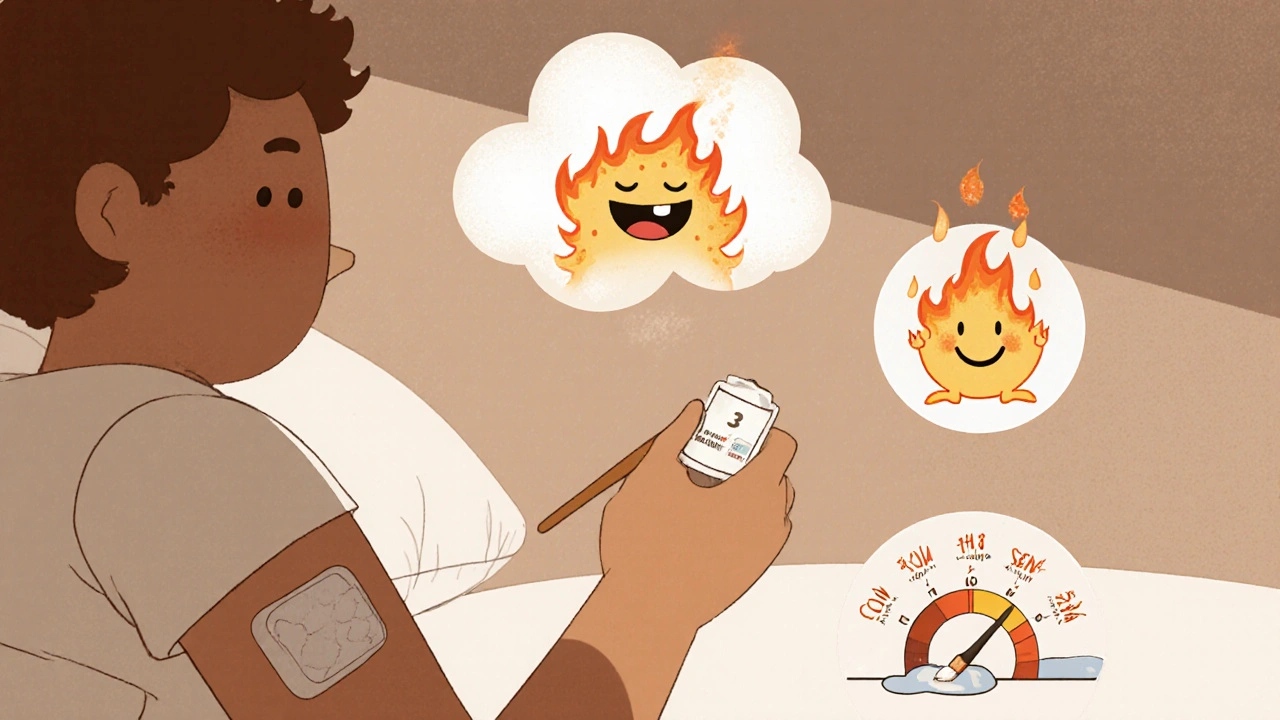
What You Can Do Right Now
- If you feel unusual pain, tingling, or itching on one side of your body or face-especially if it’s only on one side-see a doctor today.
- Don’t wait for the rash to appear. Early signs matter.
- If diagnosed, start antivirals immediately. Don’t delay.
- Ask about lidocaine patches or capsaicin cream for immediate relief.
- Get the Shingrix vaccine if you’re 50 or older and haven’t had it.
- Track your pain. Use a simple scale: 1 to 10. That helps your doctor adjust treatment.
Common Misconceptions
Some people think shingles is contagious. It’s not. But if you’ve never had chickenpox and come into contact with the shingles rash, you could catch chickenpox. That’s it.
Others think home remedies like apple cider vinegar or essential oils help. They don’t. They might soothe the skin, but they won’t stop the virus or prevent nerve damage.
And no, you can’t get shingles from someone else with shingles. You can only get it if the virus reactivates in your own nerves.
Final Thoughts
Shingles is not something you can tough out. It’s not a minor annoyance. It’s a nerve attack that can change your life. The good news? You have tools. Antivirals. Pain meds. The vaccine. But they only work if you act fast.
If you’re over 50, talk to your doctor about Shingrix. If you’re feeling pain that feels odd, don’t wait. Get checked. The difference between starting treatment on day one versus day four isn’t just about feeling better sooner. It’s about avoiding years of pain.
Can shingles go away without treatment?
Yes, the rash will eventually heal on its own in 3 to 5 weeks. But without antiviral treatment, the pain is likely to be more severe, last longer, and you’re at higher risk for complications like post-herpetic neuralgia. Antivirals don’t cure shingles, but they significantly reduce the severity and duration of symptoms when taken early.
How long does shingles pain last after the rash clears?
For most people, pain fades within a few weeks after the rash heals. But about 10-18% of people develop post-herpetic neuralgia (PHN), where nerve pain continues for months or even years. The risk jumps to 30% for those over 60. Early antiviral treatment lowers this risk, but doesn’t eliminate it.
Is valacyclovir better than acyclovir for shingles?
Valacyclovir is often preferred because it’s easier to take-three times a day instead of five. Studies show it works just as well as acyclovir at healing the rash, and some suggest it may reduce pain slightly more. Both are effective if started within 72 hours. The main advantage of valacyclovir is convenience, which helps people stick to the treatment.
Can you get shingles more than once?
Yes, though it’s uncommon. About 1 in 3 people get shingles once, and less than 5% get it twice. People with weakened immune systems are at higher risk for recurrence. Getting the Shingrix vaccine reduces the chance of a second outbreak and makes it milder if it does happen.
Does the shingles vaccine prevent post-herpetic neuralgia?
Yes. The Shingrix vaccine reduces the risk of developing shingles by over 90%, and even if you get shingles after vaccination, the symptoms are usually much milder. This directly lowers your risk of post-herpetic neuralgia. Studies show vaccinated people who get shingles have far less long-term nerve pain than unvaccinated people.
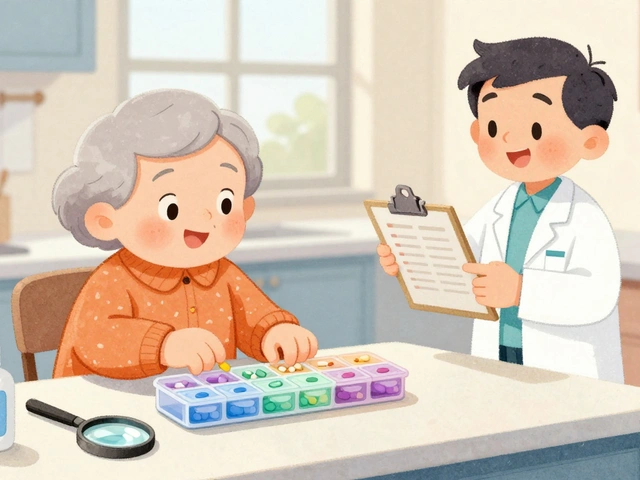

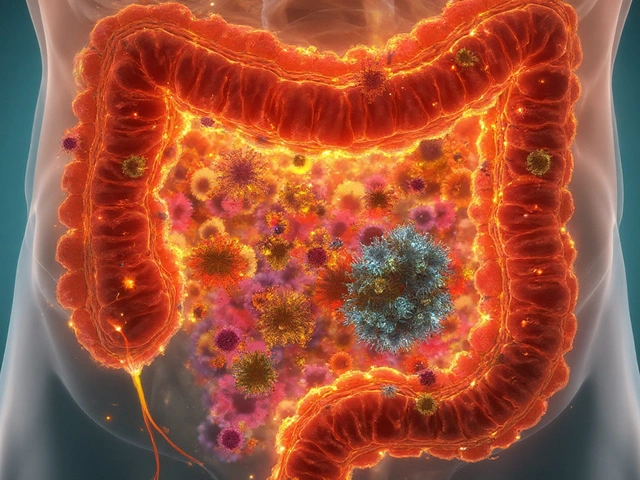


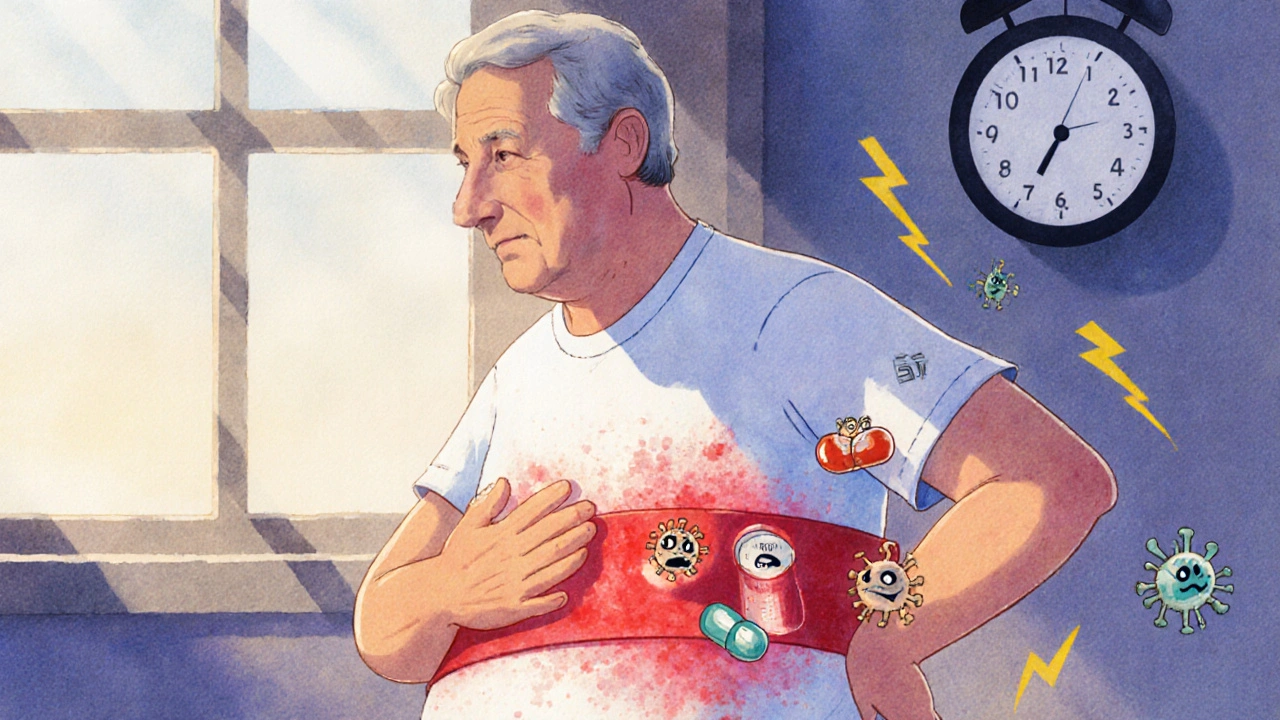
14 Comments
My mom got shingles last year at 72-she said it felt like someone was pouring acid on her skin while holding a live wire to her back. She waited a week before going to the doctor because she thought it was just a bug. By the time she started antivirals, the nerve pain was already locked in. Now she’s got PHN and takes gabapentin every night. I wish someone had told her sooner. Don’t wait. Go today. Even if it’s just tingling. Even if you’re not sure. Just go.
Let’s be clear: antivirals are not optional-they’re medical triage. The CDC data is unambiguous. Delayed treatment = higher PHN incidence = higher Medicare costs = more taxpayer burden. Valacyclovir’s pharmacokinetics are superior-better bioavailability, fewer daily doses, and yes, marginally better pain modulation. Anyone who says ‘it doesn’t matter’ is either misinformed or hasn’t seen a 78-year-old with a 3-year-old neuralgia scar on their torso. This isn’t alternative medicine-it’s neurology.
Oh wow, so you’re telling me the same virus that gave me chickenpox at age 5 is now trying to kill my sleep at 54? Great. Just great. I’ve been using lidocaine patches for a week now-honestly, they’re the only thing keeping me from crying into my cereal. But here’s the thing: the capsicum cream? First time I applied it, I thought I’d set my skin on fire. Second time? Still burning. Third time? I swear, it felt like my nerves were taking a nap. I’m not saying it’s magic. But after three weeks of this, I’m not using opioids. And I’m not waiting another 72 hours.
You people are delusional. Antivirals are a scam pushed by Big Pharma to keep you hooked on prescriptions. The real cure? Fasting. Cold showers. And a healthy dose of discipline. I’ve seen 82-year-olds with shingles who never took a pill-and they’re still hiking in the Rockies. Your body doesn’t need chemicals. It needs willpower. Stop being weak. The virus isn’t your enemy-your laziness is.
They’re lying about Shingrix. I read a guy on a forum who said the vaccine contains microchips that track your nerve activity. That’s why they’re pushing it so hard on seniors. They want to monitor our pain levels to predict when we’ll die. And don’t get me started on the mercury in the adjuvant. My cousin got shingles after the shot-she’s been in a wheelchair since. The CDC is complicit. You think this is medicine? It’s control.
India has been treating shingles with neem oil and turmeric paste for centuries. Why are you all rushing to buy Western pills? My uncle had shingles for 6 months-he never took antivirals. He drank warm milk with black pepper and honey. He slept on a cold stone floor. He recovered. No PHN. No gabapentin. No doctor visits. Modern medicine is overcomplicating what nature already solved.
My neighbor got shingles on his face. He ignored it. Two weeks later, he lost vision in his left eye. The doctor said if he’d started valacyclovir within 24 hours, he’d have kept his sight. Now he’s blind on one side and on disability. This isn’t just pain-it’s a life sentence. And you’re sitting there debating whether to call your doctor? Wake up. The virus doesn’t care if you’re busy. It doesn’t care if you’re ‘not sure.’ It’s in your nerves. And it’s winning.
Had shingles last winter. Took valacyclovir day one. Rash was gone in 5 days. Pain? Still there, but manageable. Used lidocaine patches and slept through the night for the first time in weeks. Didn’t get PHN. Got the Shingrix shot after. Honestly? Best medical decision I’ve made since I stopped smoking. Just do it. No drama. No debate. Just go to the doctor. You’ll thank yourself in 6 months.
OMG I JUST GOT SHINGLES 😭😭😭 I felt it this morning-tingling on my ribs-and now there’s a red patch. I’m crying. I’m calling my doctor RIGHT NOW. I just read this whole post. I’m taking valacyclovir. I’m getting the vaccine next week. I’m putting on lidocaine patches. I’m not waiting. I’m not ignoring. I’m not being brave. I’m being smart. Thank you for this. I’m alive because of this post.
Don’t wait. Just go.
i got shingles last year and took the meds but i think i missed the 72 hour window by like 6 hours and i still feel a little tingling sometimes when it rains. i dont know if its phn or just my nerves being weird. i use the patch but i forget to put it on. sorry for the typos. my hands are shaky.
What strikes me isn’t just the medical facts-it’s the silence around this. We talk about cancer screenings. We talk about cholesterol. But shingles? It’s the silent epidemic. A virus that lives in us for decades, then strikes like a thief in the night. And we treat it like a minor skin issue. We don’t vaccinate our parents. We don’t educate our kids. We wait until someone loses an eye or can’t sleep for a year. That’s not just negligence. That’s cultural blindness. We have the tools. We just refuse to use them until it’s too late.
Bro I got shingles in Delhi last monsoon 🤯 I thought it was heat rash 😅 Took acyclovir on day 2-no patches, no cream, just pills and chill. Now I’m fine. But my aunty? She used neem leaves and cried for 3 weeks. Point is: science works. But also… chill out. Life is too short to panic. 🙏
Interesting how the article pushes valacyclovir so hard. I work in pharma marketing and I can tell you-they pay doctors to prefer it because it’s branded and has a higher profit margin. Generic acyclovir is 80% cheaper and works just as well. The ‘convenience’ argument is marketing, not medicine. Don’t let them upsell you. Ask for the generic. Save your money. The virus doesn’t care what pill you take.